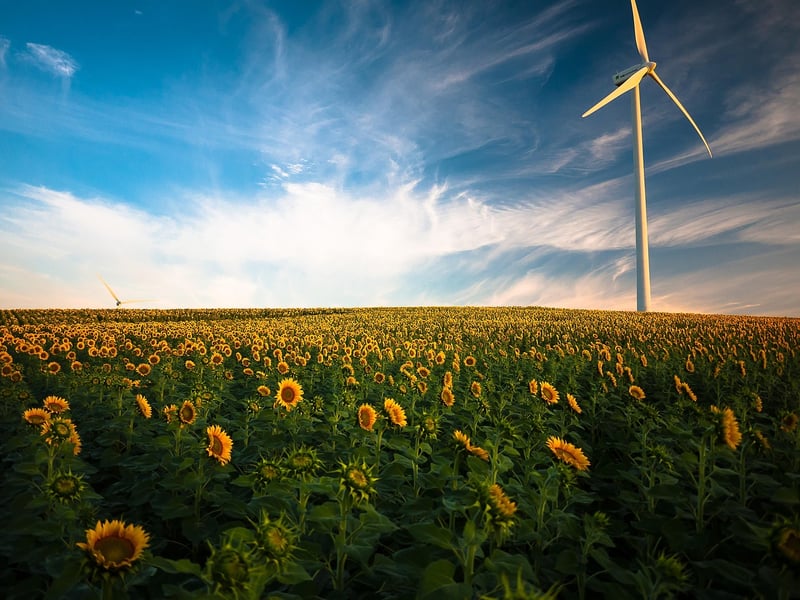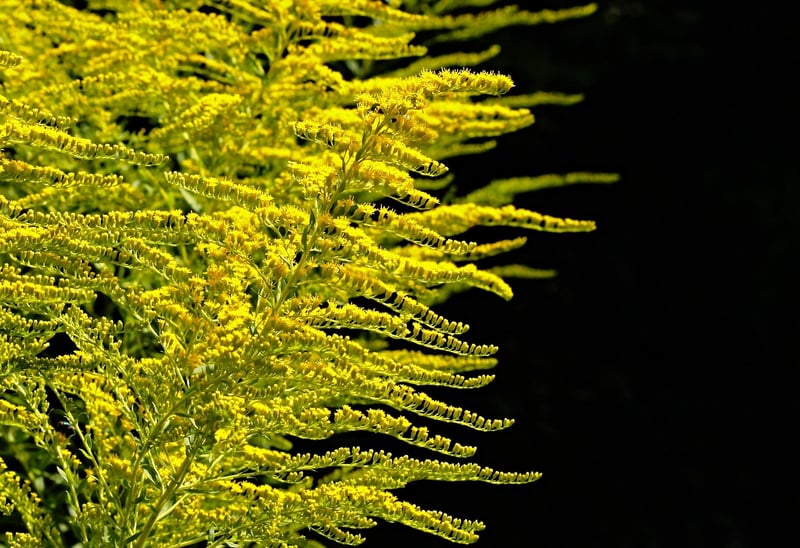Bee-friendly Plants
Supporting Local Wildlife with Bee-Friendly Plants
Supporting local wildlife, especially bees, is crucial for maintaining a healthy ecosystem. By planting bee-friendly plants in your garden or green space, you can create a welcoming environment for these important pollinators. Not only do bees play a vital role in pollination, but they also contribute to biodiversity and help sustain our food supply.
Why are Bee-Friendly Plants Important?
Bee-friendly plants are essential for attracting and supporting bees in your area. These plants provide bees with nectar and pollen, which are their main food sources. By planting a variety of bee-friendly plants, you can help sustain bee populations and ensure they have access to the resources they need to thrive.
Top Bee-Friendly Plants to Consider
1. Lavender: Known for its fragrant flowers, lavender is a favorite of bees and other pollinators.
2. Sunflowers: Bright and cheerful, sunflowers provide bees with ample pollen and nectar.
3. Bee Balm: As the name suggests, bee balm is highly attractive to bees and butterflies.
4. Echinacea: This colorful flower is not only beautiful but also a favorite of bees.
5. Rosemary: Bees love the delicate blue flowers of rosemary and the herb is a great addition to any garden.
Tips for Creating a Bee-Friendly Garden
- Plant a variety of flowers that bloom at different times to provide food throughout the year.
- Avoid using pesticides and herbicides that can harm bees and other beneficial insects.
- Include native plants in your garden as they are well-suited to the local climate and attract native bee species.
- Provide shelter for bees by leaving some areas of your garden wild and untouched.
- Consider installing a bee hotel to give solitary bees a place to nest.
By incorporating bee-friendly plants into your garden and following these tips, you can make a positive impact on local bee populations and create a vibrant and thriving ecosystem right in your own backyard.


